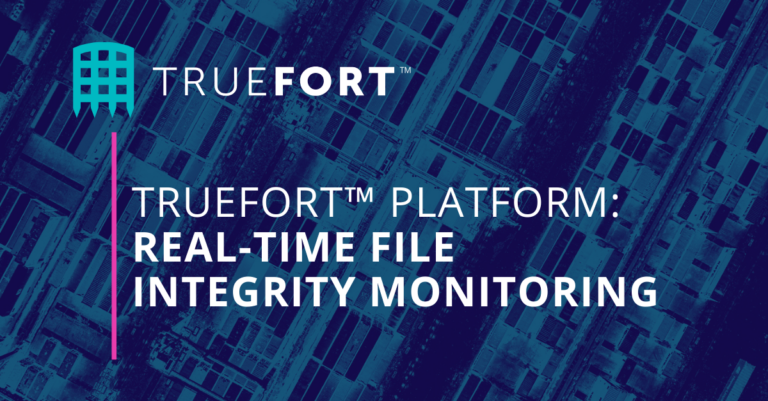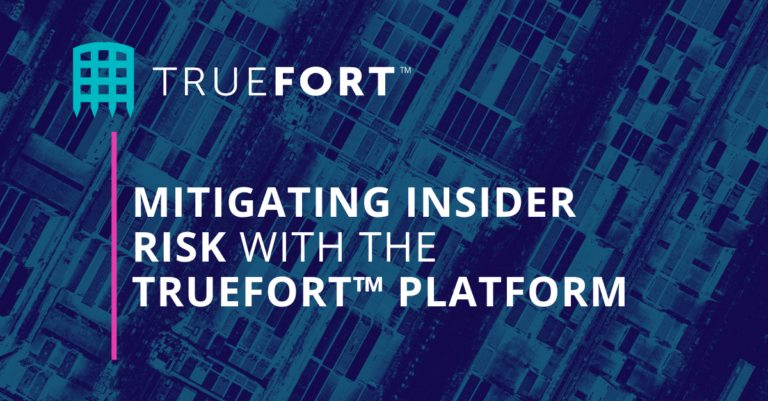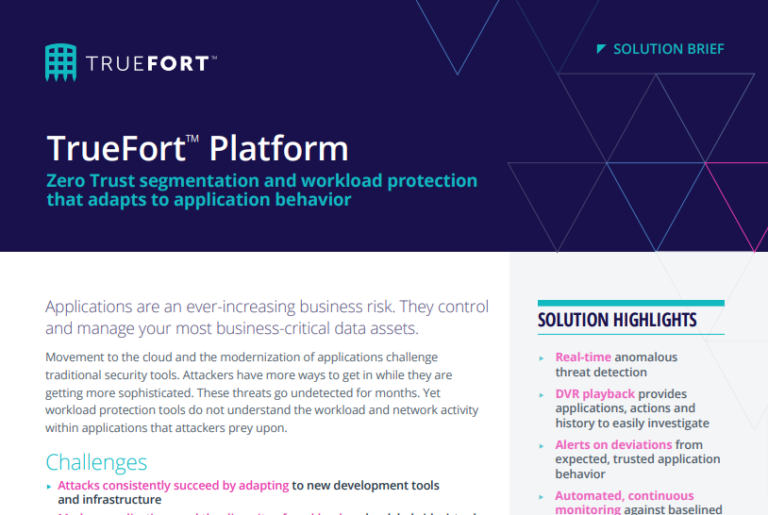TRUEFORT SOLUTION
The Path to ISO 27001 Certification
ISO 27001 is a globally recognized standard for managing information security. ISO 27001 provides a comprehensive framework for organizations across various industries to protect sensitive corporate information. The core of ISO/IEC 27001 compliance is its focus on establishing, applying, maintaining, and continual improvement within any Information Security Management System (ISMS).
Ensuring regulatory compliance of the ISMS
- Risk Management: Enforcing strong access control with a zero-trust approach is streamlined, guaranteeing only approved individuals and applications can access personally identifiable information (PII)
- Continuous Improvement: Truefort Platform continuously assesses and responds to emerging threats and vulnerabilities, helping organizations evolve with the changing cybersecurity landscape
- Compliance and Certification: Real-time analysis and chronological forensics for swift response to security incidents, safeguarding essential personal information of clients and service providers
- Security Controls: Constantly monitor and verify the consistency of system and application files against an approved and reliable baseline to identify unauthorized alterations
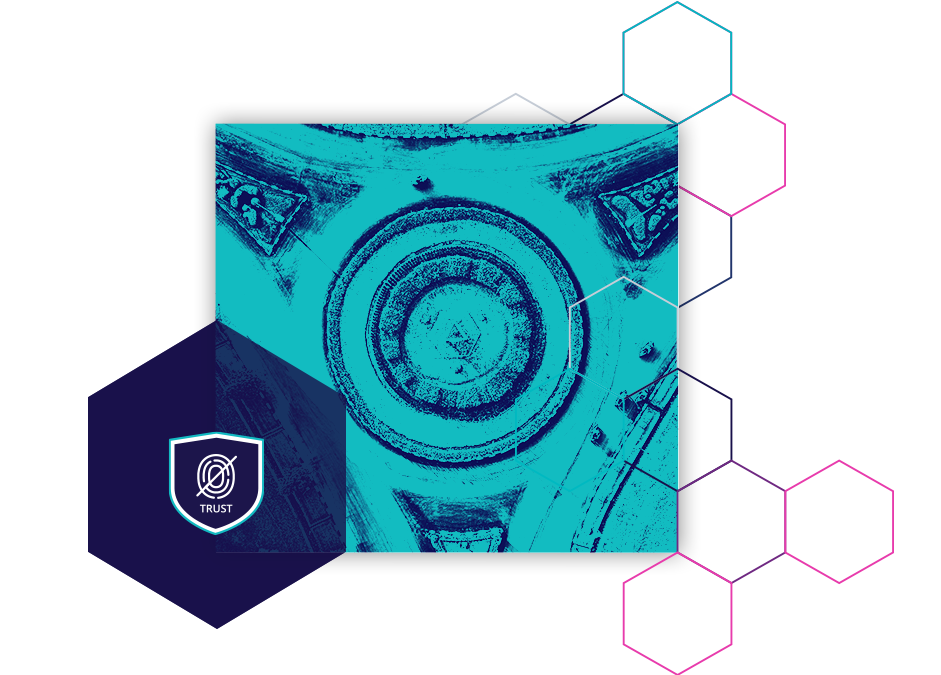
Safeguarding workloads with comprehensive understanding and management of the ISMS

Real-time visibility across environments
Comprehensive understanding of applications, dependencies, and workload behavior by tracking user activity, network traffic, and system commands, giving real-time clarity
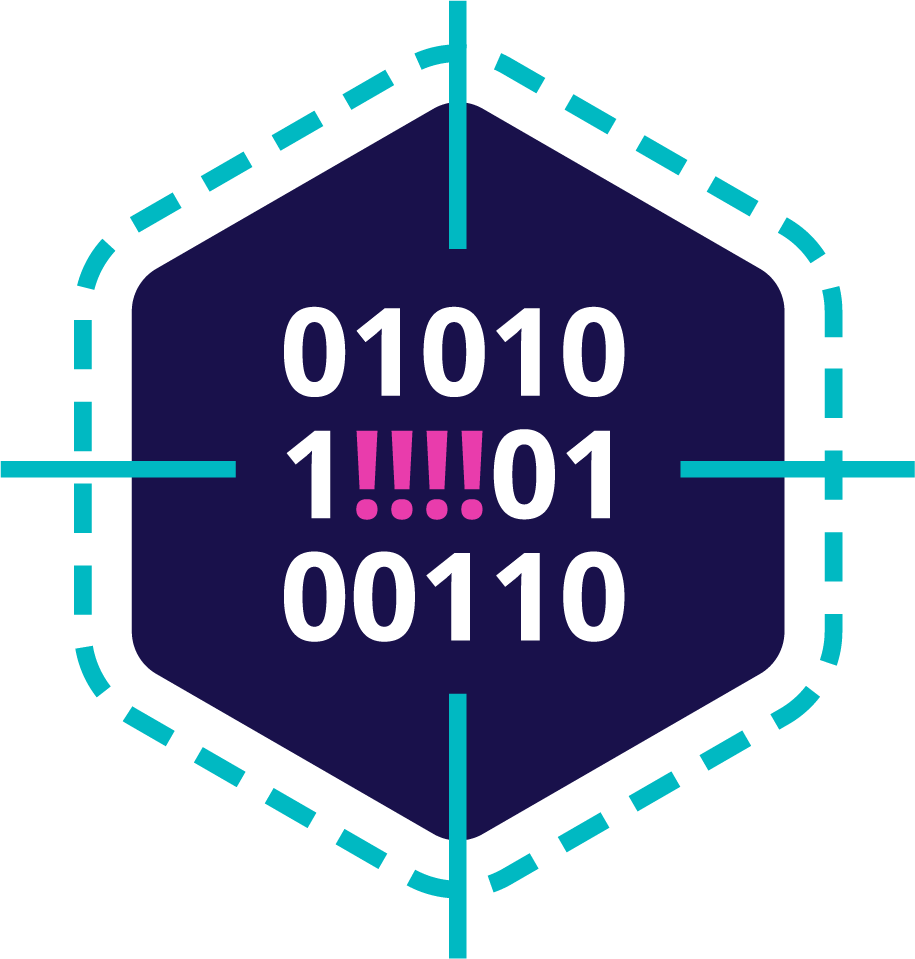
Continuous real-time awareness
Instant notifications quickly update security teams about potential risks, assisting in addressing zero-day threats and facilitating immediate, precise responses
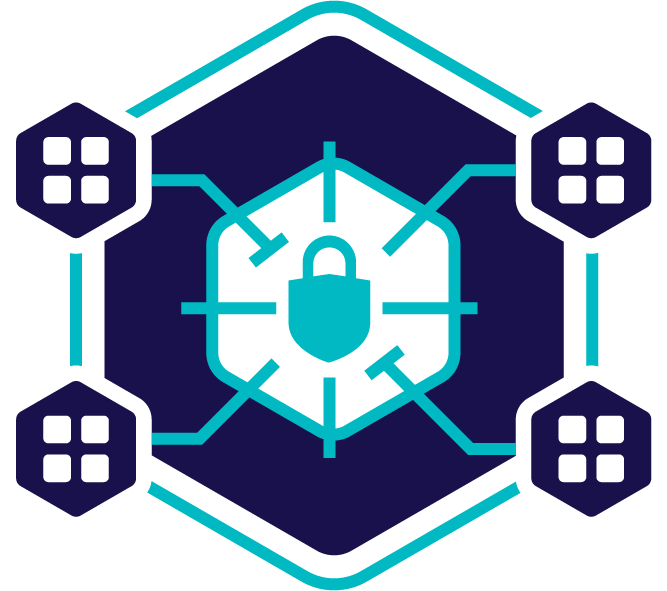
Easy granular segmentation
Use micro segmentation to separate workloads and manage behavior to confine attacks, stopping their expansion throughout an environment, for businesses of all sectors and sizes
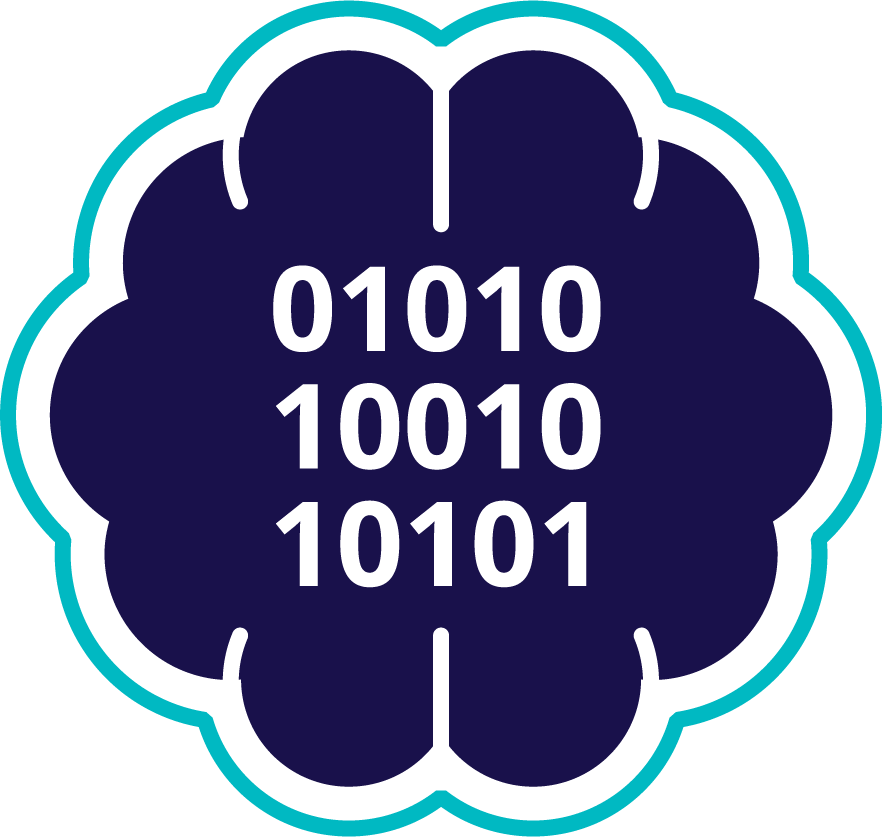
Machine learning insights
TrueFort's technology recognizes approved command and service account activities, where deviations from established patterns may indicate a violation of ISO 27001 compliance
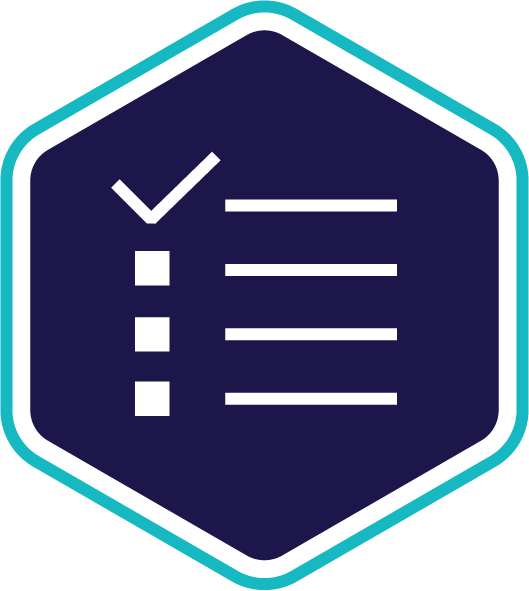
Least privilege access assurance
Define allowable behaviors for users, applications, and service accounts, and rigorously review actions to safeguard against insider threats and secure assets in data centers and cloud environments
FAQ
ISO 27001 is an international standard that outlines the requirements for establishing, implementing, maintaining, and continually improving an Information Security Management System (ISMS).
This certification is awarded to organizations that adhere to these stringent security management standards, demonstrating their commitment to protecting data and managing sensitive information securely. Achieving ISO 27001 certification involves a rigorous external audit process and is a widely recognized benchmark for effective information security practices.
To achieve ISO 27001 certification, an organization typically follows these steps:
- Understand ISO 27001 Requirements: Familiarize with the standard’s requirements and how they apply to your organization.
- Develop an ISMS: Establish an Information Security Management System (ISMS) that aligns with ISO 27001 standards.
- Conduct a Risk Assessment: Identify, analyze, and plan to manage information security risks.
- Implement Controls: Put in place the necessary security controls as per the standard’s guidelines.
- Internal Audit: Conduct an internal audit to ensure compliance with ISO 27001 requirements.
- Management Review: Have the ISMS reviewed and endorsed by your organization’s management.
- Choose a Certification Body: Select an accredited external body to audit your ISMS.
- Complete External Audit: Undergo the external audit. The auditor will review your ISMS and verify compliance.
- Address Non-Conformities: If any non-conformities are found, address them as required.
- Achieve Certification: Once compliant, receive the ISO 27001 certification.
Maintaining the certification requires ongoing compliance and regular re-auditing.
ISO 27001 certification is important for several reasons:
- Enhanced Data Security: It ensures that an organization has robust information security practices, reducing the risk of data breaches.
- Customer and Stakeholder Confidence: Demonstrates a commitment to data security, building trust with clients and stakeholders.
- Compliance with Regulations: Assists in meeting legal and regulatory data protection obligations.
- Competitive Advantage: Can provide a competitive edge in the marketplace, particularly when handling sensitive data.
- Improved Risk Management: Helps in identifying and effectively managing information security risks.
- Streamlined Processes: Promotes more efficient and secure operational procedures.
Overall, ISO 27001 certification signifies a high standard of information security management.
ISO 27001 certification is typically valid for three years. During this period, the organization must undergo regular surveillance audits (usually annually) to ensure ongoing compliance. After three years, a re-certification audit is required to renew the certification.
This ongoing process ensures that the organization continuously maintains and improves its information security management system in line with ISO 27001 standards.
The key requirements for ISO 27001 include:
- Establishing an Information Security Management System (ISMS): Defining a systematic approach to managing sensitive information to ensure its confidentiality, integrity, and availability.
- Risk Assessment and Management: Identifying and assessing information security risks and implementing appropriate risk management strategies.
- Security Policy and Objectives: Establishing an information security policy and setting clear objectives.
- Organizational Structure: Defining roles and responsibilities related to information security within the organization.
- Continual Improvement: Implementing processes for continual improvement of the ISMS.
- Documentation and Records: Maintaining necessary documentation and records for effective management and auditing of the ISMS.
- Internal Audit and Management Review: Conducting regular internal audits and management reviews of the ISMS.
- Handling Non-conformities and Corrective Actions: Addressing any non-conformities identified and taking corrective actions.
These requirements ensure a comprehensive approach to information security management within the organization.
Resources
